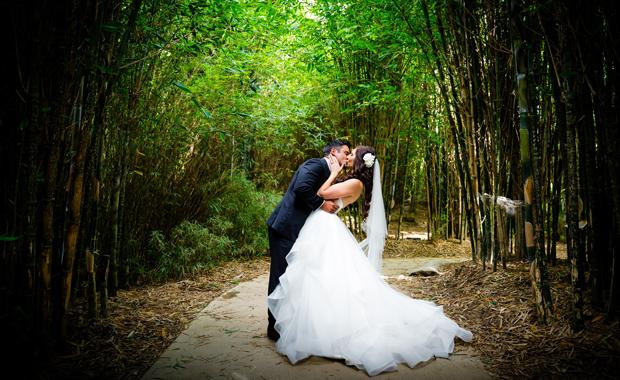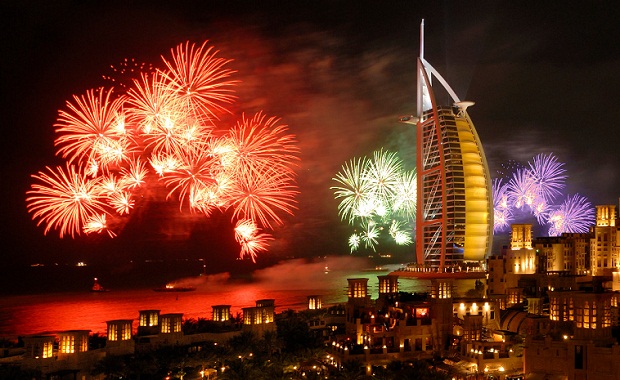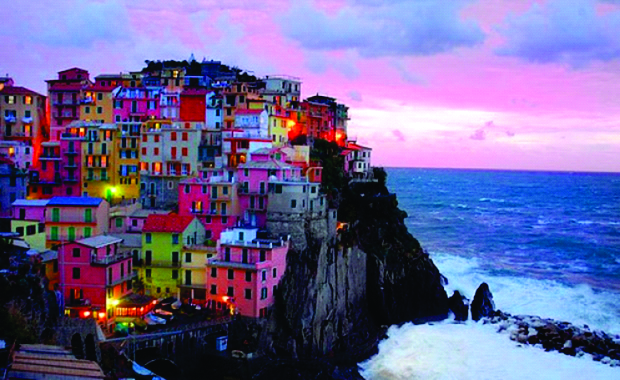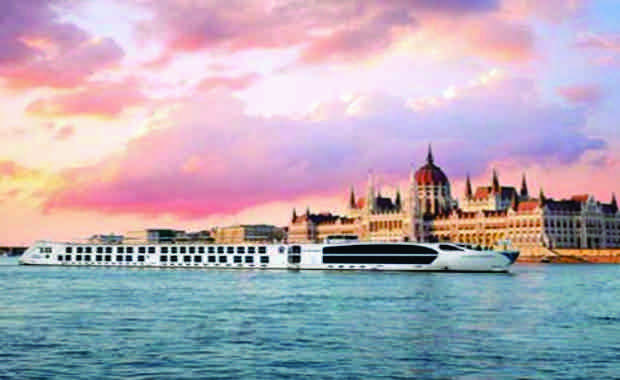ULTIMATE FRANCE
22 DAYS FROM BORDEAUX TO AVIGNON

The perfect journey for travellers seeking the crème de la crème of France
This triumvirate of France brings you the very best of each region—Paris and the Normandy coast in the north, vineyard-rich Bordeaux in the southwest and the sun-drenched Mediterranean delights of Burgundy and Provence. You’ll tour glamorous capital cities in leisure and style, explore ancient villages still unspoiled by modern life and walk in the footsteps of famous artists such as Monet and Van Gogh. With Uniworld’s extraordinary exclusive excursions, you’ll visit the Palace of the Popes in Avignon, taste incomparable wines in Bordeaux, stroll the charming medieval lanes of Viviers and peruse the famed farmers’ market in Lyon before seeing the city spectacularly illuminated at night. All the while, savor the renowned wines and cooking traditions that have made French cuisine the most revered in the world.
Who will enjoy this cruise
Those who want to experience all that France has to offer, from decadent food and wine to breathtaking scenery and world-famous art and architecture.
Ultimate France is a combination of Paris & Normandy, Bordeaux Vineyards & Châteaux, and Burgundy & Provence.
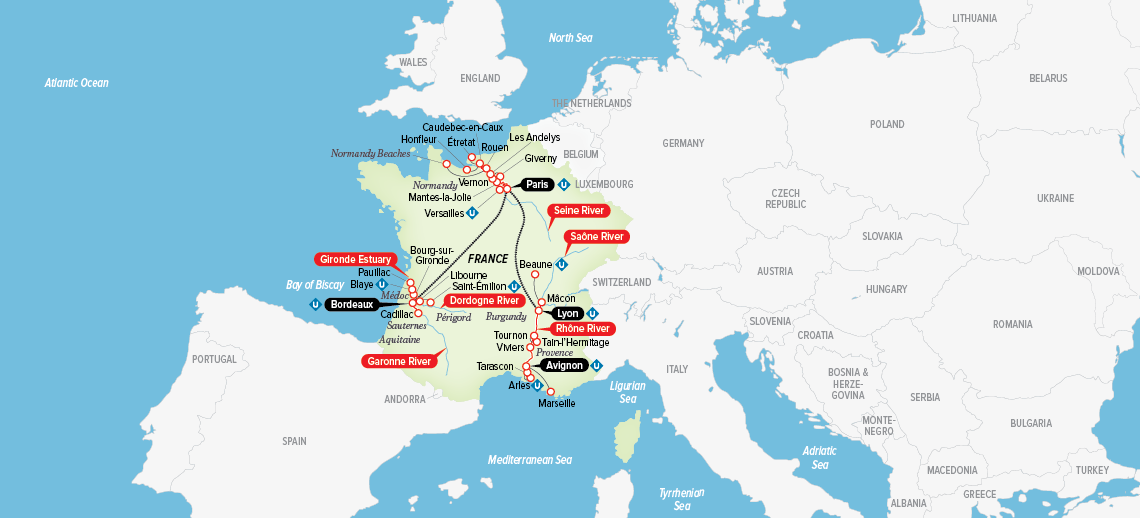

Day To Day Itinerary
DAY 1: Bordeaux (Embark)
DAY 2: Cadillac
DAY 3: Cruising the Garonne River and Gironde Estuary, Pauillac
DAY 4: Blaye, Bourg-sur-Gironde, Cruising the Dordogne River, Libourne
DAY 5: Libourne (Saint-Émilion)
DAY 6: Libourne, Cruising the Garonne River, Bordeaux
DAY 7: Bordeaux
DAY 8: Bordeaux (Disembark), Transfer to Paris via High-Speed TGV Train (Embark)
DAY 9: La Roche-Guyon, Vernon (Giverny)
Choice of Monet’s gardens at Giverny or Exclusive guided “Let’s Go” bicycle ride to Giverny
DAY 10: Rouen
DAY 11: Caudebec-en-Caux (Honfleur or Étretat)
DAY 12: Rouen (Normandy Beaches)
Choice of Utah and Omaha beaches with Sainte-Mère-Église or Juno Beach or Bayeux
DAY 13: Mantes-la-Jolie (Versailles)
DAY 14: Paris
DAY 15: Paris (Disembark), Transfer to Lyon via High-Speed TGV Train (Embark)
DAY 16: Mâcon (Beaune)
DAY 17: Lyon
Choice of Exclusive “Do as the Locals Do” Lyon walking tour or Exclusive silk weavers walking tour
DAY 18: Tournon (Tain-l’Hermitage)
DAY 19: Viviers
DAY 20: Avignon
Choice of Avignon walking discovery tour with Palace of the Popes or Avignon walking discovery tour with Pont du Gard
DAY 21: Tarascon (Arles or Tarascon)
DAY 22: Avignon (Disembark)

All Inclusive Amenities

DINING
- All meals onboard, prepared using the finest and freshest ingredients
- 21 breakfasts, 18 lunches, 21 dinners
- 3 Captain’s Welcome and 3 Captain’s Farewell Receptions
- 3 Welcome and 3 Farewell Gala Dinners
- Unlimited beverages onboard, including fine wine, beer, spirits, soft drinks, specialty coffee and tea, and mineral water

EXCURSIONS
- 18 days of excursions, including “Choice Is Yours” options, all fully hosted by English-speaking local experts
- Guided “Let’s Go,” “Do as the Locals Do,” “Village Day” and “Gentle Walking” programs
- State-of-the-art Quietvox portable audio-headset system on all excursions
- Use of bicycles and Nordic walking sticks

ACCOMMODATIONS
- 21-night cruise in a riverview stateroom on the breathtaking River Royale, magical S.S. Joie de Vivre, and striking S.S. Catherine.
- Lavishly appointed riverview staterooms and suites have handcrafted Savoir® of England beds, high-thread count 100% Egyptian cotton sheets and European duvets, and a menu of pillow options
- Free Internet and Wi-Fi access

EXPERIENCES
- 1 country: France
- 7 UNESCO World Heritage sites
- Services of an experienced Uniworld Cruise Manager
- All transfers on arrival and departure days
- All gratuities, both onboard and onshore
- First class TGV train between Lyon and Paris, and Paris and Bordeaux
- Captivating onboard local entertainment
- Cultural enrichment, including 3 Signature Lectures
- Exclusive Connoisseur Collection and Generations Family Programme on select summer departures

